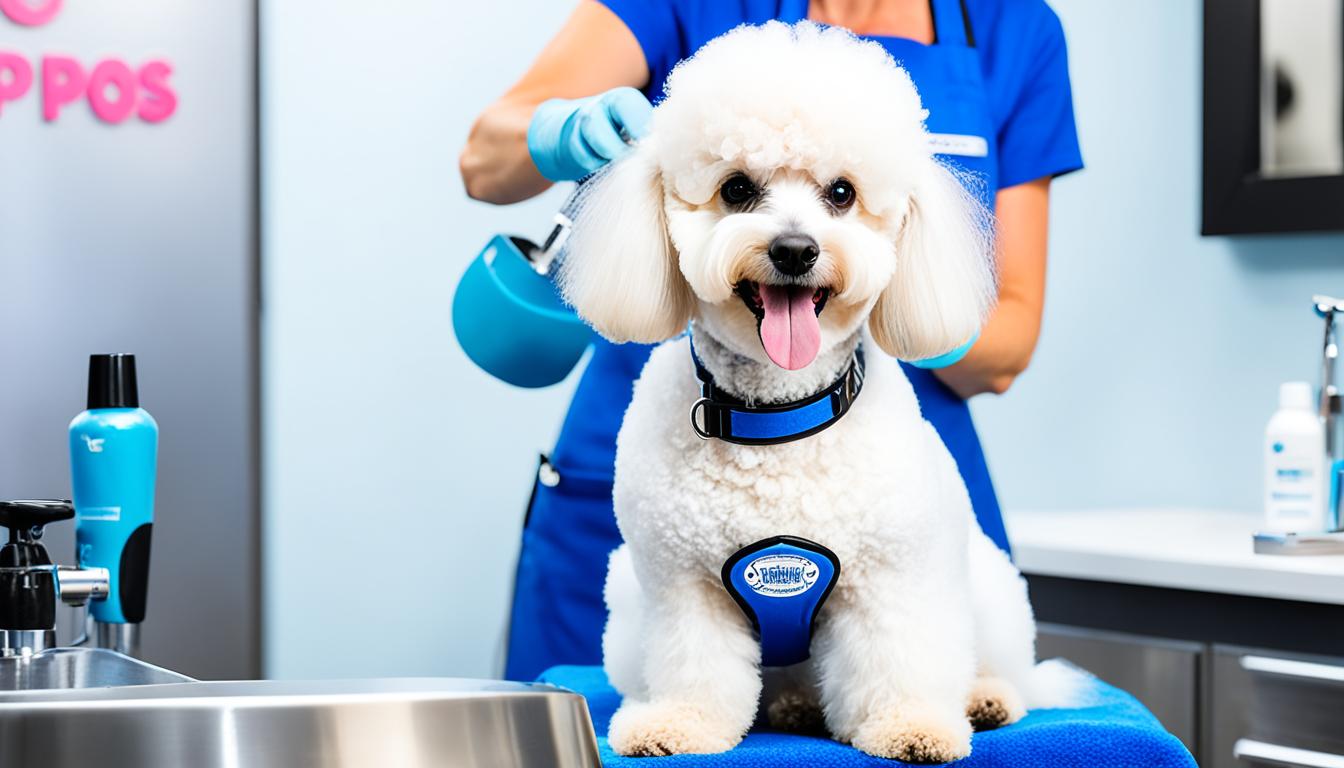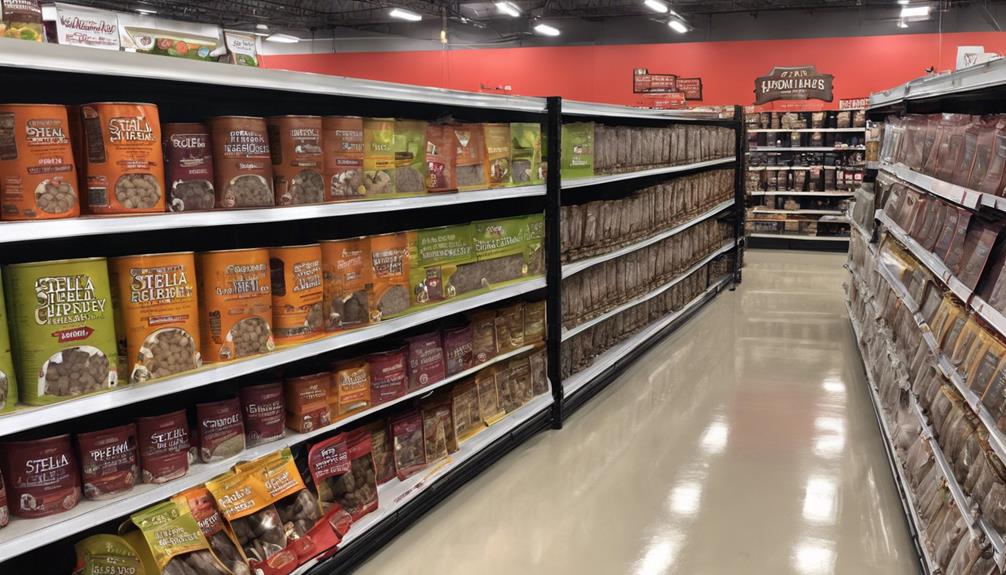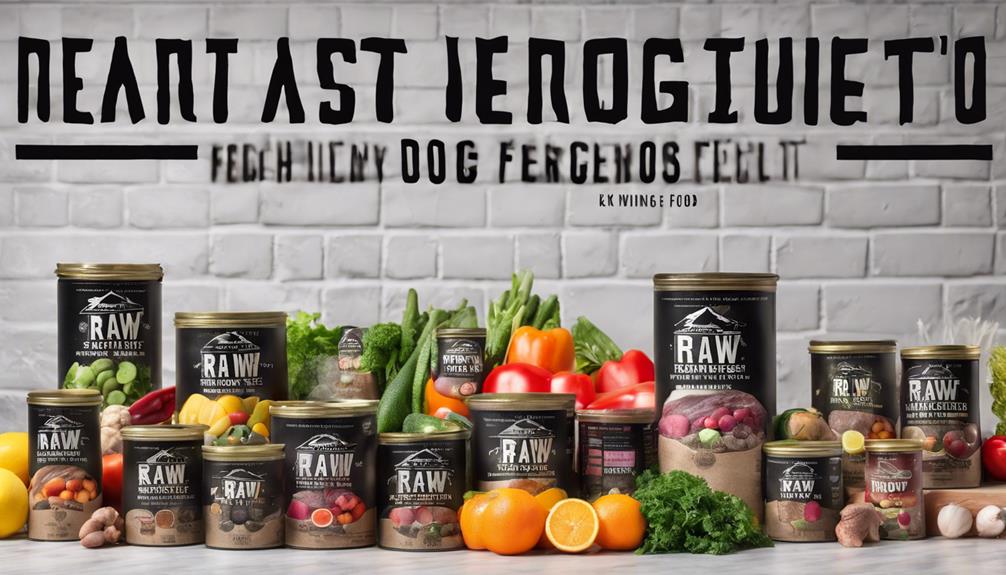Are you aware that the cost of a Pomsky can vary from $100 to $7000? This wide range applies to a popular designer breed that has become a favorite among dog enthusiasts. Whether you’re thinking about adding a Pomsky to your family or just interested in the expenses involved, it’s important to be informed about the factors that impact the price. In this article, we will delve into the different factors that affect the cost of a Pomsky and offer a detailed guide to understanding Pomsky pricing.
Key Takeaways:
- The initial buying/adoption cost for a Pomsky can range from $100 to $300.
- Reputable breeders may charge between $2000 to $3000, with show-quality puppies reaching as high as $5000.
- Full-grown adult Pomskies can cost around $1500, while teacup or miniature Pomskies can cost between $2000 and $7000.
- Pomskies available at puppy farms can be cheaper, but they may not come with a health guarantee.
- Animal shelters may also have Pomskies available for adoption at a cost of around $100 to $300.
Factors Affecting Pomsky Prices
When it comes to determining the price of a Pomsky, several factors come into play. These factors can influence the cost and help potential owners understand why Pomskies may have a higher price compared to other breeds.
Breeder’s Reputation
The reputation of the breeder plays a significant role in Pomsky pricing. Reputable breeders who prioritize the health and well-being of their puppies typically charge higher prices. These breeders invest time, effort, and resources into raising healthy and well-socialized Pomskies, ensuring they are of high quality.
Coat Color and Eye Color
The specific coat color and eye color of a Pomsky can also impact its price. Pomskies with rare coat colors and striking eyes tend to command a higher price in the market. For example, a Pomsky with a white coat and blue eyes may be more expensive compared to those with common color variations.
Availability and Demand
Like any other product, the availability and demand for Pomskies can influence their price. If Pomskies are in high demand and relatively scarce, their price tends to be higher. On the other hand, if there is an abundance of Pomskies available, the price may be more competitive.
Difficulty of Breeding
Pomskies are a crossbreed between a Pomeranian and a Husky, making their breeding process more challenging compared to breeding purebred dogs. The complexity involved in producing Pomskies contributes to their higher cost. Breeders need to carefully select and breed Pomeranians and Huskies to achieve the desired Pomsky characteristics.
Show-Quality and Unique Characteristics
Show-quality Pomsky puppies and Pomskies with unique characteristics, such as teacup or miniature sizes, are usually priced higher. Show-quality Pomskies have the potential to participate in dog shows and meet breed standards, making them more valuable. Additionally, teacup or miniature Pomskies, which are smaller than the average size, are often in high demand and therefore command a higher price.
A Pomsky’s price can be influenced by various factors, including the breeder’s reputation, the specific coat and eye color, the availability and demand, the difficulty of breeding, and the unique characteristics of the individual Pomsky.
In conclusion, understanding the factors that affect Pomsky prices can help potential owners make informed decisions. It’s essential to consider these factors along with the overall expenses of owning a Pomsky, to ensure that they are financially prepared for the responsibilities that come with this unique and lovable breed.
Costs of Owning a Pomsky
Owning a Pomsky comes with various expenses. It’s important to consider the financial commitment involved in providing a happy and healthy life for your furry companion. Let’s take a closer look at the costs associated with owning a Pomsky:
Monthly Expenses
Here are some typical monthly costs you can expect:
- Food: $40 to $50
- Grooming: $60 to $70
- Medical costs: around $700 to $1200
Initial Setup Costs
When bringing home a Pomsky, there are initial setup costs to consider:
- Supplies: Setting up your Pomsky’s new home requires items such as a bed, crate, and food and water bowls. These can cost around $400 to $500.
- Microchipping: Ensuring your Pomsky’s safety with a microchip can cost approximately $50 to $70.
- Vaccinations: Keeping your Pomsky up-to-date with vaccinations can add up to $250 to $300.
Additional Expenses
Aside from the regular monthly costs and initial setup, there are other expenses to consider:
- Miscellaneous expenses: Dog walking, dog sitting, park visits, and trips can amount to around $300 to $350 per year.
Estimated Lifetime Cost
Taking into account the buying or adoption costs, food, medical expenses, grooming, and other miscellaneous expenses, the estimated lifetime cost of owning a Pomsky can range from $20,000 to $23,000.
Breakdown of Pomsky Ownership Costs
| Expense | Cost Range |
|---|---|
| Food (monthly) | $40 – $50 |
| Grooming (monthly) | $60 – $70 |
| Medical costs (monthly) | Around $700 – $1200 |
| Initial setup costs | Around $400 – $500 |
| Microchipping | $50 – $70 |
| Vaccinations | Around $250 – $300 |
| Miscellaneous expenses (yearly) | Around $300 – $350 |
| Estimated lifetime cost | $20,000 – $23,000 |
As with any pet, it’s essential to budget for the costs of owning a Pomsky to ensure their well-being and happiness. Remember to plan for both the regular monthly expenses and the potential unexpected costs that may arise throughout your Pomsky’s life.

Considerations in Pomsky Care
Caring for a Pomsky involves not only the initial buying or adoption costs but also ongoing expenses related to grooming and healthcare. Proper care ensures that your furry friend stays healthy and happy in the long run. Let’s explore some key considerations.
Grooming Expenses
Pomskies have thick coats that require regular grooming to keep them clean and well-maintained. Professional grooming sessions can cost around $50 to $70 per session. These sessions typically involve bathing, brushing, nail trimming, and coat trimming to prevent matting and tangling.

Dental Cleanings
Pomskies, like other dogs, also require regular dental care to maintain overall health. Dental cleanings performed by a veterinarian may cost around $100 to $150. These cleanings help prevent dental diseases such as gum infections and tooth decay.
Health Conditions
Pomskies may be susceptible to certain health conditions, and treating these conditions can add to the overall cost of caring for your pet. Some common health issues among Pomskies include allergies, skin problems, collapsed trachea, epilepsy, and hip dysplasia.
“It’s important to be aware of these potential health issues and take preventive measures to ensure the well-being of your Pomsky.”
Allergies, for instance, may require visits to the veterinarian and ongoing medication, which can cost around $300 to $400. Treating collapsed trachea often involves tests and surgery using stents, with costs ranging from $1000 to $2000. Epilepsy management may require annual expenses of around $300 to $400, covering medications and check-ups. Hip dysplasia, a common orthopedic condition in dogs, can lead to expenses of approximately $1500 to $2000 for diagnosis, treatment, and potential corrective surgery.
Regular cleaning and maintenance, along with preventive healthcare measures such as vaccinations, can help manage these potential health costs and ensure a healthy and happy Pomsky.
Care Summary
Caring for a Pomsky involves managing grooming expenses, dental cleanings, and potential health conditions. These costs need to be considered when budgeting for a Pomsky to ensure you can provide them with the care they need throughout their lives.
Now that you have a better understanding of the additional costs involved in caring for a Pomsky, you can make an informed decision and provide exceptional care for your beloved pet.
| Expense | Cost |
|---|---|
| Professional grooming | $50 – $70 per session |
| Dental cleanings | $100 – $150 |
| Allergy treatment | $300 – $400 |
| Collapsed trachea tests and surgery | $1000 – $2000 |
| Epilepsy management | $300 – $400 per year |
| Hip dysplasia diagnosis and treatment | $1500 – $2000 |
Conclusion
In conclusion, Pomskies are a popular designer breed that comes with a higher price tag compared to other dog breeds. The cost of owning a Pomsky can vary depending on several factors such as the reputation of the breeder, the specific coat color, and the unique characteristics of the individual Pomsky.
When considering the pricing of Pomskies, it’s important to take into account the ongoing expenses of owning one. Monthly costs for food, grooming, and medical care can add up over time, and it’s essential to budget for these expenses. The estimated lifetime cost of owning a Pomsky, including buying or adoption costs, food, medical care, and grooming, can range from $20,000 to $23,000.
However, despite the financial commitment, owning a Pomsky can bring joy, companionship, and endless love to a home. Their playful nature, loyalty, and adorable appearance make them cherished pets for many families. It’s essential to carefully consider all the costs associated with owning a Pomsky before making a decision, ensuring that you are prepared both financially and emotionally for the lifelong commitment to this delightful breed.
FAQ
How much do Pomskies cost?
What factors affect Pomsky prices?
What are the costs of owning a Pomsky?
What considerations are there in Pomsky care?
What are the final thoughts on Pomsky pricing?
Are Pomskies Expensive and Is It Worth Investing in a High-Quality Cat Breeder?
Yes, Pomskies can be expensive due to their popularity and unique characteristics. When it comes to investing in a high-quality cat breeder, it’s essential to do thorough research and choose from the top cat breeders Alabama has to offer to ensure you are getting a healthy and well-bred pet.










